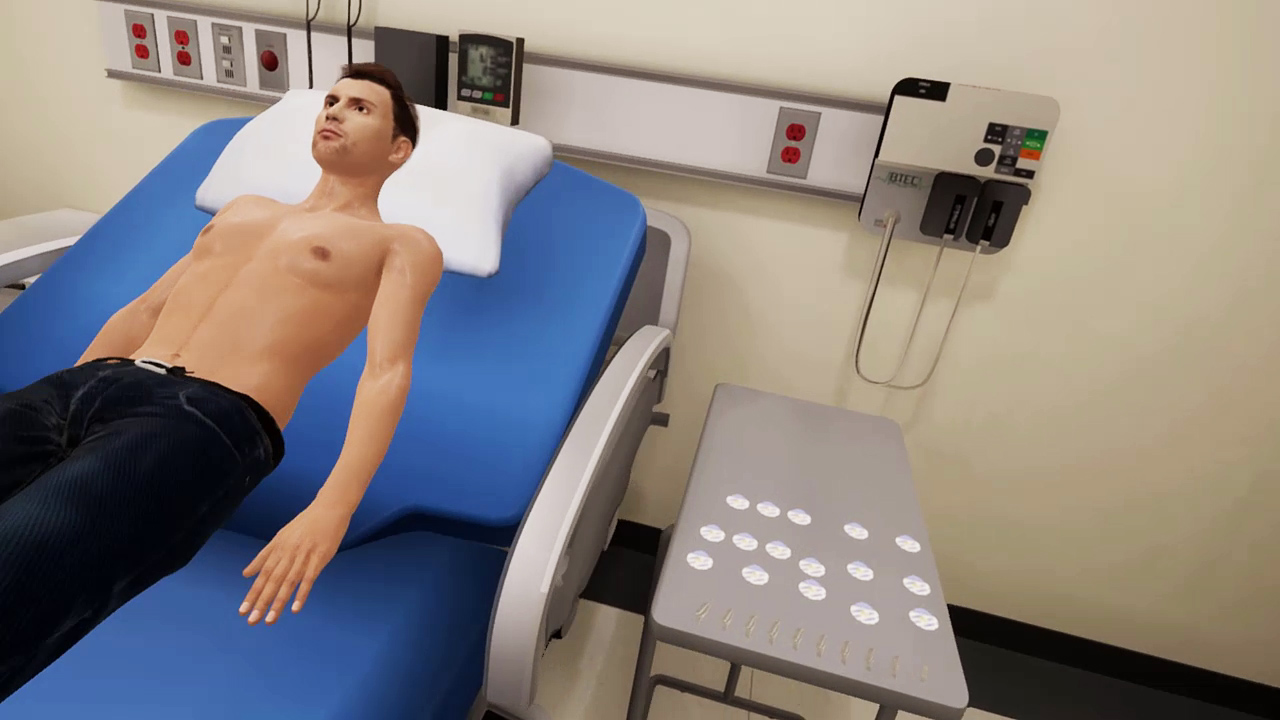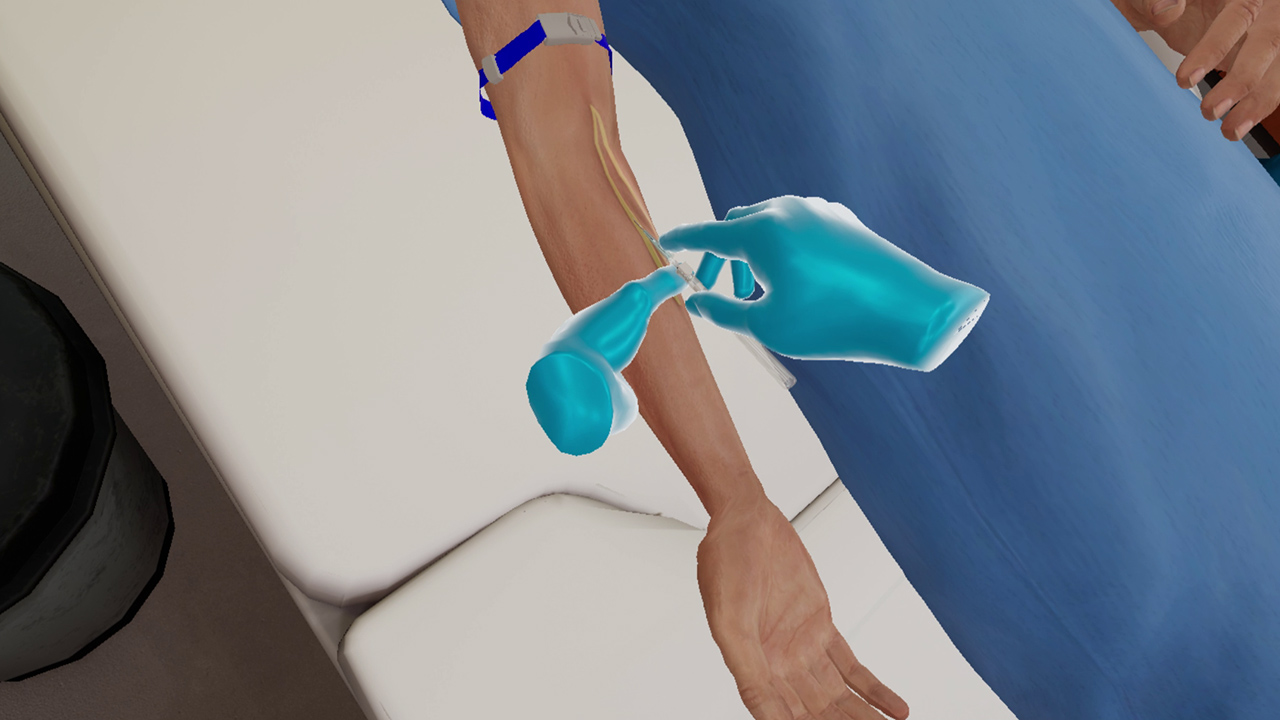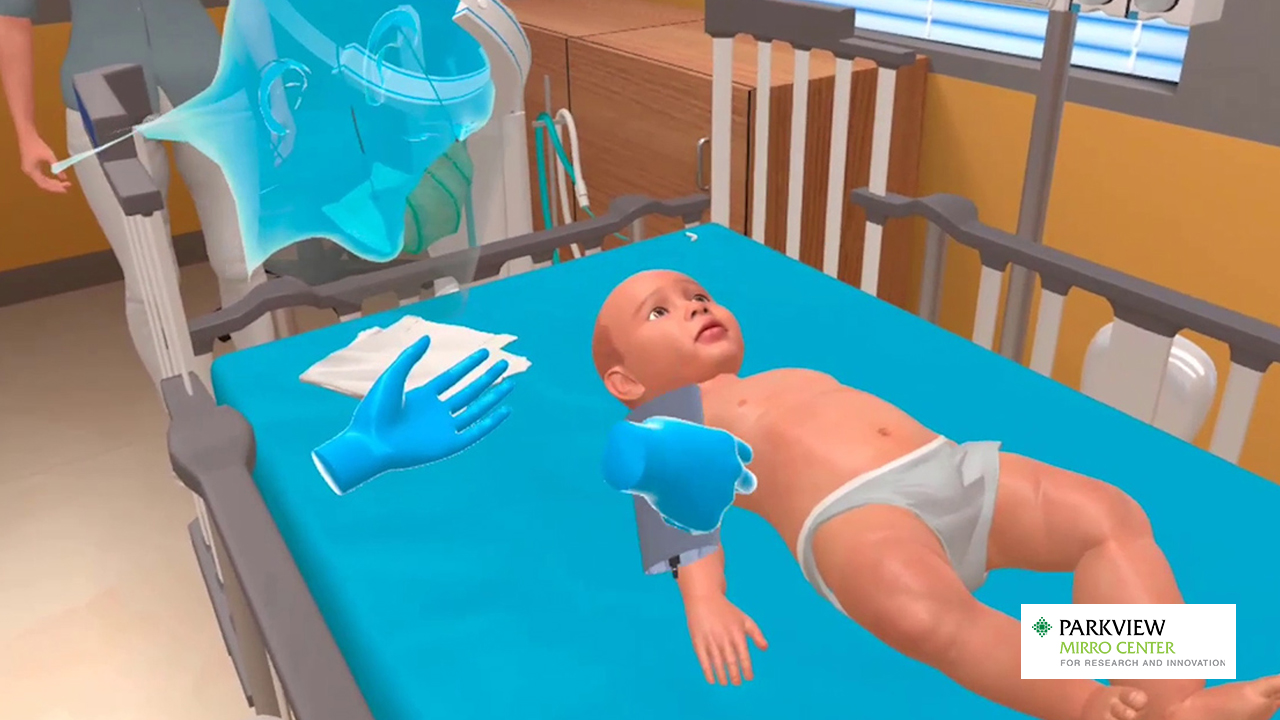
For the heart to functions normally, it is important that it receives sufficient and unrestricted flow of blood. Irregularities detected in time can help prevent heart attacks and save lives and this can be achieved with the help of an electrocardiograph (ECG).
According to the Centers for Disease Control and Prevention (CDC), cardiovascular diseases (CVD) is the leading cause of deaths among Americans, with Coronary Artery Diseases (CAD) being the most common type of heart disease. Every 40 seconds, someone in the US suffers a heart attack. Close to 610,000 deaths are due to CAD every year.
The narrowing for the heart arteries leading to a restriction in blood flow to the heart results in a heart attack, or coronary artery disease.
What is an ECG?
An electrocardiograph is an instrument that helps record and study the electrical activities of the heart. The results are generated in the form of a tracing and this report is referred to as the electrocardiogram, or more commonly known as an ECG. This is also, sometimes, referred to as an EKG, where the ‘K’ stands for ‘Kardio’ meaning ‘heart’ in Greek.
The process of recording an ECG, or EKG, involves sensors called electrodes that are attached to a patient’s chest and limbs. These electrodes are connected to the electrocardiograph machine with lead wires in order to record the electrical activity of the heart. This recording is further measured, interpreted, printed and used as a reference in the treatment procedure.
Uses of ECG?
Irrespective of the disease, an ECG is performed in a standard manner and can be used for several purposes, from a routine check-up to a cardiac monitoring of heart patients.
Check for abnormalities in readings – As a routine physical examination procedure, an ECG can help ascertain the present health status of the heart. In case of any abnormalities detected in the test, a further consultation will be required. The American Heart Association (AHA) recommends individuals over 40 years to have annual ECG tests done as part of a total physical examination.
Check for changes in reading from earlier recordings – An ECG is also generated to keep a track of changes in the readings in comparison to earlier reports. This helps doctors and care givers understand the changes taking place and decide upon further medication and treatment.
Frequent procedure before a surgery – Before a patient goes in for any surgery, a routine ECG is done as part of the standard procedure and to avoid any kind of complication.
In emergency situations when a patient is unresponsive – ECG tests are done in emergency situations when an individual suffers from chest pain, shortness of breath, dizziness, altered mental state, syncope or when there is a change in cardiac rhythm.
Continuous cardiac monitoring – Continuous cardiac monitoring is done for patients in intensive care units. This is done to closely monitor the electrical activities of the heart. Continuous monitoring is also a routine procedure during surgery.
EKG training with MedVR Education
Performing an ECG test is a fairly simple procedure but at the same time it must be done with care and precision which can only be achieved through practice. The MedVR Education platform offers VR training sessions for the following skills.
Leads and waveforms – In this module, learners get to apply their theoretical knowledge in a practical scenario to reinforce lessons learned about the lead wires and how electrical activity works across various leads.
Operating an ECG machine – This module helps learners enhance their skills required to operate an ECG machine. While interacting with the ECG machine in a virtual environment, learners gain familiarity with its functions by performing steps to generate the correct graph output.
Performing an ECG – Learning to correctly place electrodes on the chest and limbs is critical to generate a successful ECG reading. In this module, learners will get practice in placing the electrodes correctly and understand the significance of the limb leads.

Performing an ECG in a photorealistic VR environment.
Rhythm interpretation – This module helps learners gain practice in the processes of gathering data, performing interpretations and attaining skills in rhythm interpretations. This is done with the help of an output graph on which learners can select and highlight correct regions.
Sinus rhythm – The Sinus Rhythm module is designed to provide learners practice in analyzing rhythms strips and identifying various sinus rhythms. This activity helps improve skills to interact with graphs and identify correct rhythms.
Junctional Dysrhythmias – An inverted P morphology is a result of backward flowing electrical impulses and this can be seen in junctional dysrhythmias. In this activity, learners get to identify these formations, P wavelengths and their relation to QRS complexes.
How does MedVR Education help?
MedVR Education’s EKG VR training solution offers learners and healthcare professionals the opportunity to practice and perfect their ECG reading skills. Practicing with MedVR Education offers the following benefits:
-
Photorealistic virtual environments create an atmosphere of realism
-
Multiple practice sessions help learners get better acquainted with the process and develop confidence
-
Risk-free practice sessions put the learners at ease
-
Self-review facility on the platform helps learners identify their shortcomings and improve upon them
-
Personalized feedback from instructor helps identify specific points that call or extra practice
-
Exposure to all possible problems in a process helps prepare better for every situation
The heart’s health is directly related to the life of an individual. A small change can lead to drastic results. To avoid any kind of undesirable situation it is important to maintain a healthy heart, and if diagnosed with cardiovascular diseases, it is imperative to strictly follow the recommended treatment and medication. This includes going in for regular check-up, including ECG tests, as and when advised.
Contact us to know more about VR in healthcare training, or visit our MedVR Education webpage to explore the various programs we offer.


